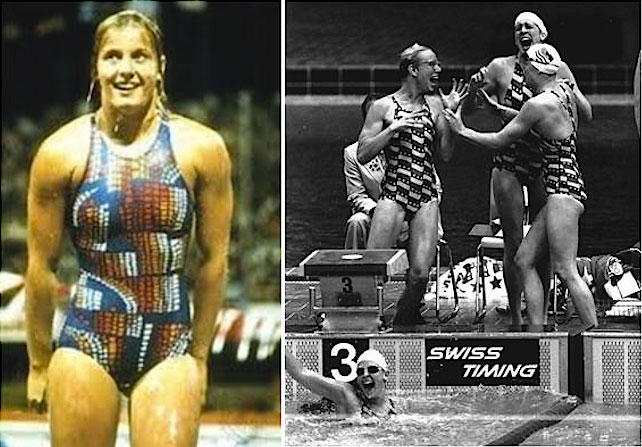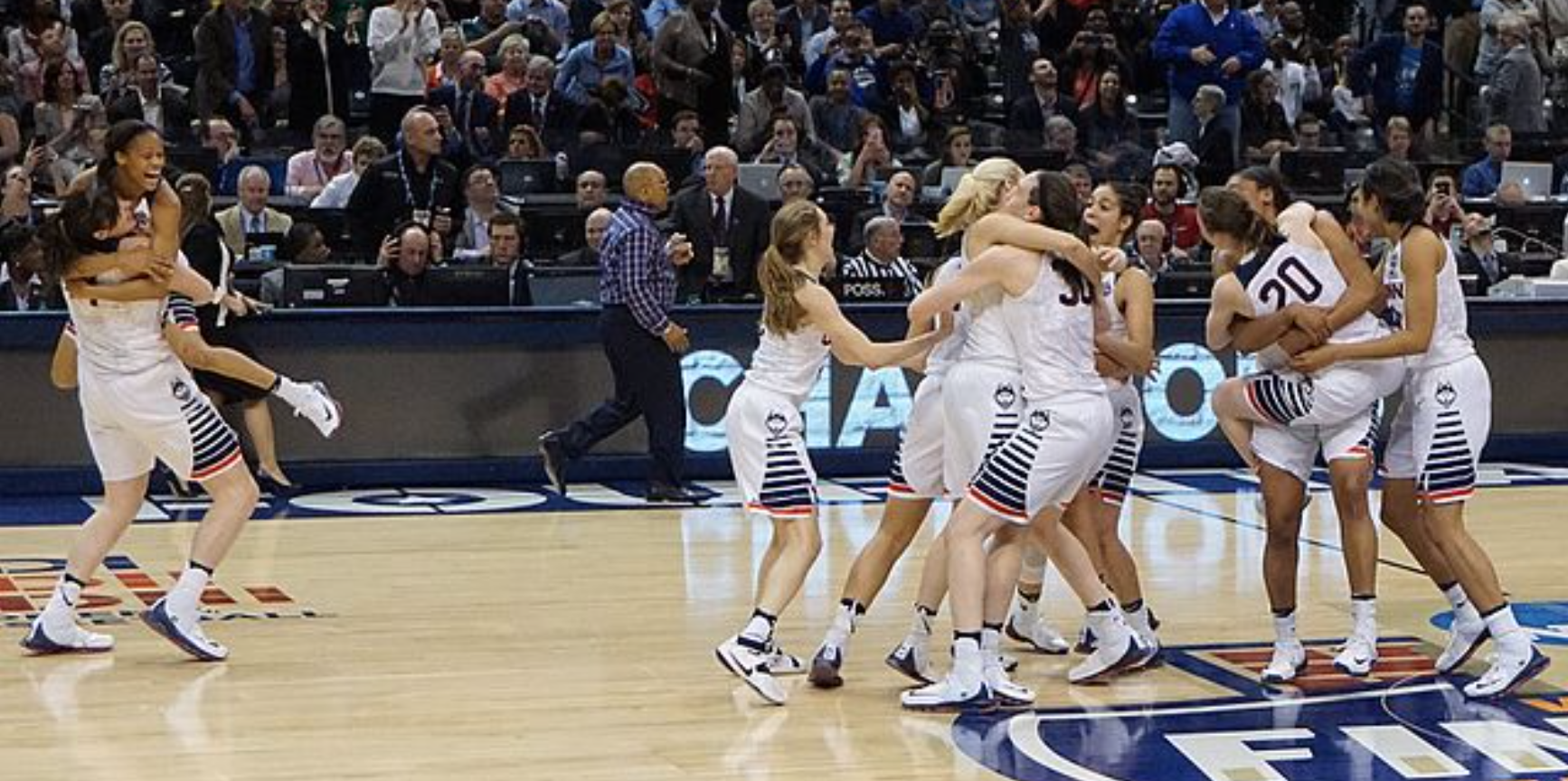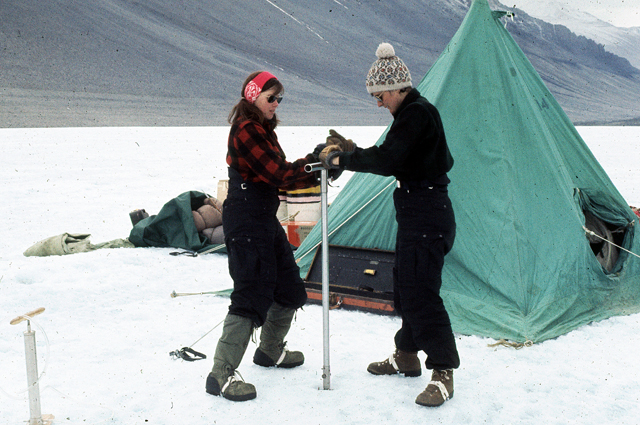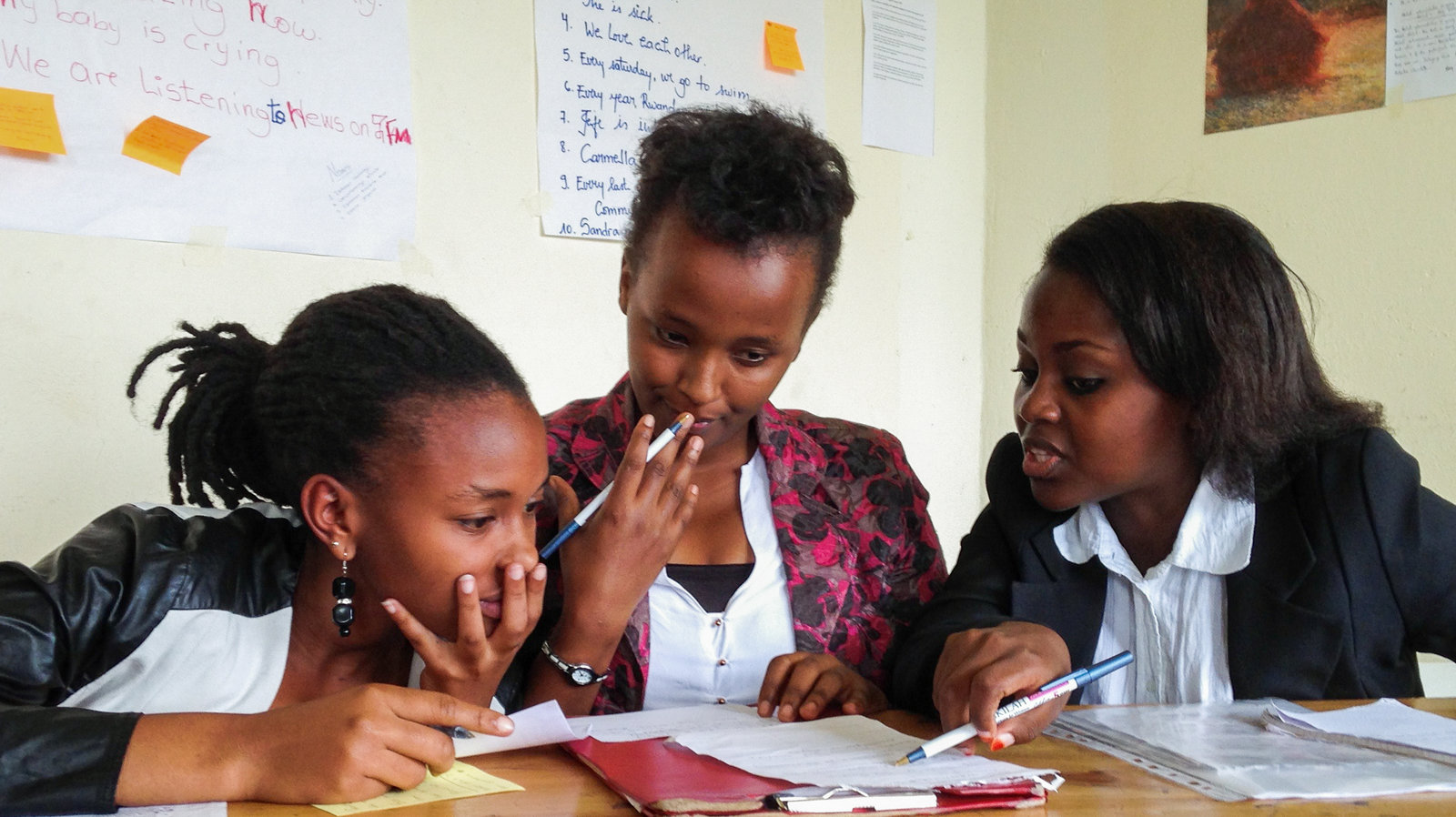We don’t often hear about the women behind great human achievements. Which is why the title of the movie “Hidden Figures” is so (frustratingly) apt. What was true of the women from NASA who helped launch John Glenn into orbit is true of many all-women teams: they fade into the shadow of history, never getting the recognition they deserve.
Let’s change that. In celebration of International Women’s Day, here are eight teams of women who deserve some time in the spotlight.
1. Emirati women protect the Duchess of Cornwall
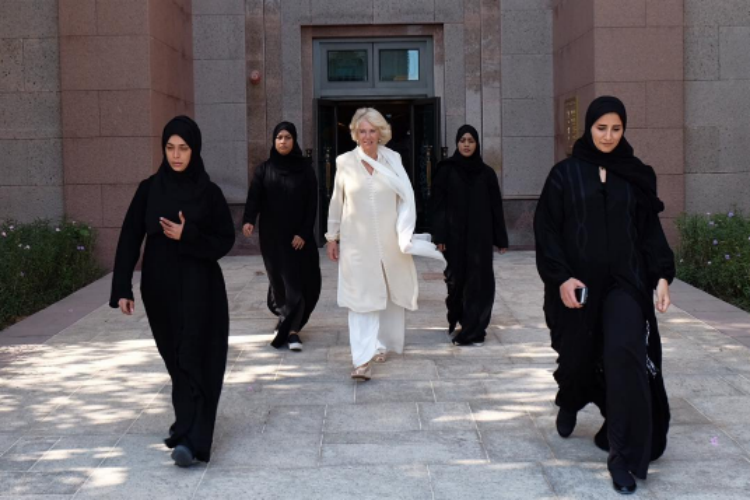
You’ve got to be pretty badass to be on a security team — especially a security team that’s been selected to look after royalty. During a visit to the United Arab Emirates (UAE) to promote religious tolerance and women’s advancement, the Duchess of Cornwall was delighted when she learned she’d be accompanied by an all-female protection team.
Shaima al Kaabi, Basima al Kaabi, Nisreen al Hamawi, Salama al Remeithi, and Hannan al Hatawi make up five of the 50 female members of the UAE’s presidential guard. The four women who were handpicked to escort the Duchess are highly experienced in martial arts and combat techniques.
They’re not only fantastic bodyguards but courageous adventurers, too. Shaima, Nisreen, and Hannan participated in a trek climbing Mount Everest last year.
We hope that someday, this image won’t strike us as anything other than ordinary. But until then, we’re going to revel in all of the powerful-women vibes we felt after reading their story.
2. “Bletchleyettes” break the enigma code
In “The Imitation Game,” a film about Alan Turing and cracking the enigma code, Keira Knightley plays Joan Clarke, a woman with a mathematical mind who turns up for a codebreaking aptitude test in response to Turing’s newspaper ad. In a memorable scene, all (male) heads turn when she enters the exam room, a room full of potential codebreakers, a room full of men. Despite the collective disbelief that a woman would answer such an advertisement – let alone fare well on the test – Clarke’s among the tiny few able to ace Turing’s test. The others can only look on in admiration. She is their peer.
Turns out, Joan Clarke was just one of many thousands of women responsible for the critical codebreaking activities that helped win WWII. In fact, what’s known as the Bletchley Park codebreaking operation involved nearly 10,000 people, 75% of whom were women.
Nicknamed the “Bletchleyettes” (a term modern-day women might reject), these women carried out behind-the-scenes duties the helped crack enigma and more, like decoding intercepted messages sent between enemy fighter pilots.
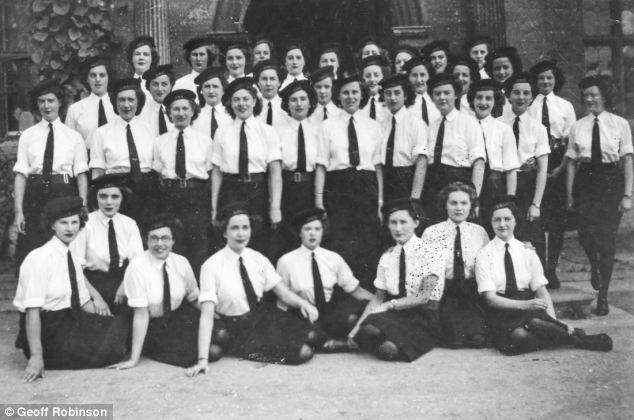
Their work was extremely secretive, highly important, and even fun. About the extreme secrecy, one Bletchleyette said, “You were told that if you talked about it, you could be shot. It was all terribly exciting.”
It’s been said that there’s no such thing as a lone genius, since everything accomplished by said “lone” genius includes the work of teams of people. The Bletchley Park codebreaking women are no exception.
These teams of women exemplify not just that important contributions to such efforts can be made by women, but that huge innovations and breakthroughs are always the product of teamwork. And great teams are made up of diverse talents, skills, and backgrounds.
3. Former East German athletes find strength in each other
If you’ve heard anything at all about the 1976 East German women’s Olympic swim team, it wasn’t anything good. “Machines” and “monsters” were words used to describe them at the time – even “men”. They are one of the most vilified teams in all of sports.
And little wonder. Decades later, we know for certain what was only rumored at the time: this team of swimmers (and, indeed, virtually all of East Germany’s young athletes) were doping.
Before we deride them as cheaters and medal-thieves, it’s important to understand these women weren’t doping by choice. They were coerced by a state-run program of institutionalized steroid use. With East Germany’s failing economy and embarrassing standard of living, the Soviet-backed regime was desperate to dominate in something – anything.
Children as young as 8 were recruited into the state athletic program, housed in training camps, away from their parents’ prying eyes. Athletes were told the shots they received were vitamins. Ditto the pills. And a network of 3,000 Stasi informers ensured every last pill was swallowed.
Slowly but surely, steroids replaced young women’s femininity with deeper voices, facial hair, and of course, muscles. Lots of muscles.
Fast forward 40 years and these athletes now face an array of health issues. Degenerative bone disease, infertility, heart conditions, and severe depression. Some have turned to drink, drugs, or even death as coping mechanisms.
But others refuse to be defeated. They are lobbying the German government for compensation. They are forming support groups. They are speaking to today’s young athletes about the dangers of doping.
This isn’t just a cautionary tale about steroid use. Their story reminds us to look upon others – even our adversaries – with compassion.
4. UConn Huskies set a new standard for success
Even non-basketball and non-sports fans are likely to have heard something of the UConn women’s basketball teams’ success. As of this writing, the Huskies are on a 104-game winning streak – the longest winning streak in all of college basketball history.
For those in the know, the streak seems almost ordinary. Because this amazing team of women has been dominating the college basketball world for more than 20 years.
But enough with the hype. The question is: how? It isn’t like the Huskies are the same team year in, year out. These are collegiate women mind you, not professionals. And people in college, well, graduate. In other words, the Huskies continue to win even though the composition of their team is constantly changing.
Here’s the secret: once they join, they never really leave. They’ve created an unparalleled culture of winning by recruiting players with the skills and character traits to help the squad keep winning. When players graduate and move on to professional careers, they stay connected. The amount of energy and time previous players spend on helping current players is the stuff of legend.
Repeat the process enough times and a juggernaut is sure to form. But whatever the reasons, the UConn Husky teams of women are known to some, but should be known to all.
5. Pussy Riot is anything but quiet
Russian guerrilla art/punk rock/protest collective Pussy Riot took Moscow by storm in 2011, staging renegade performances in unlikely places. With their neon-colored balaclavas and mini-dresses – to say nothing of songs decrying sexism, police oppression, and everything Putin – Pussy Riot was hard to miss.
The group was virtually unknown outside of Russia until the following winter when they staged a protest at the Cathedral of Christ the Savior in Moscow. Although they were there to denounce the Russian Orthodox clergy’s support for President Vladimir Putin, church leaders claimed the protest was an act of sacrilege and sent a security force shut it down.
Within days, three members of Pussy Riot were arrested. All three were convicted of “hooliganism motivated by religious hatred” and sentenced to two years in a prison colony where they routinely worked 16-hour days.
Inside, they turned their imprisonment into a platform for amplifying their message. They issued protest letters, staged hunger strikes, and even tried to organize with other inmates as their Soviet dissident predecessors did in decades past.
They had no money. No sponsors. No contracts. What held them together was simple camaraderie. Their collective commitment to non-conformist ideologies in Putin’s conform-or-else Russia gave each member the strength to keep fighting.
Today, Pussy Riot has generally disbanded. That hasn’t stopped them from re-forming for a few choice songs about Donald Trump and police-involved killings in the United States, however. With ideological struggles over feminism and corruption still raging on almost every continent, it’s unlikely the world has seen the last of these fierce femmes.
6. Organizers prevent the San Francisco Bay from becoming a parking lot
Every year, millions of people travel to San Francisco to walk the Golden Gate Bridge, take a boat ride to Alcatraz, and enjoy the beautiful San Francisco views.
But if things had turned out differently, there would be no bay for tourists to see. If it weren’t for a team of 4 determined women, tourists might’ve been greeted with expansive views of subdivisions and shopping malls.
That’s right. Back in 1961, the US Army Corps of Engineers released plans to fill the Bay and reduce it to a narrow shipping channel. Instead of sitting by as this natural and beautiful habitat was destroyed, Kay Kerr, Sylvia McLaughlin, and Esther Gulck got to work making phone calls, writing letters, and organizing the community to create the “Save San Francisco Bay Association”.
In a time when women in the United States couldn’t even open a credit card without male supervision, these four women succeeded in creating a legislative moratorium against filling the bay, stopping the practice of dumping raw sewage into it, and established a permanent state agency to regulate San Francisco Bay shoreline development and increase public access.
So the next time you take in the view from the Golden Gate Bridge, send a thought of thanks to Kay, Sylvia, and Esther.
7. Antarctic researchers break the ice
It was 1969, and Neil Armstrong became the first human to set foot on the moon. If we could send a man to the moon, we could certainly send a team of women to Antarctica, right? Think again.
Dr. Lois M. Jones, a geochemist at The Ohio State University, wanted to continue to investigate an issue uncovered in her dissertation but didn’t feel she’d be able to move forward with her analysis without conducting her own fieldwork and collecting physical samples firsthand. That was going to be a problem. Women had never been given the chance to work in Antarctica – yet.
After refusing time and time again to take women to the ice, the U.S. Navy finally agreed to take Dr. Jones’ research team to Antarctica. The team spent the 1969-70 field season in Antarctica’s McMurdo Dry Valleys which opened the door for women in Antarctica.
Their time spent on the ice was a success. The team returned to the Ohio-based Institute of Polar Studies to analyze the data and rock specimens they’d collected, and ultimately, publish their findings.
Today, women are a vital part of the work being done in Antarctica and make up nearly one-third of of all researchers at the South Pole. Women lead major multimillion-dollar science expeditions, act as marine technicians and meteorologists, and serve in leadership roles throughout an operation that moves 3,000 people to and from the continent every year.
8. Rwandan debaters defy gender stereotypes while defending them
In Rwanda, women are expected to be quiet, shy, and never raise their voices. But in order to win, the all-women’s debate team from Akilah Institute for Women had to get loud.
Though a bright group of young women, the Akilah debate team was crushed in their first ever competition, bested by the male teams in the competition.
After that, the team knew they had to throw off their gender stereotypes if they were going to call themselves debaters. Their coach, Mireille Umutoni Sekamana, challenged the girls to change the way they viewed themselves in order to project the confidence they needed to win.
And win they did! In what could arguably be the most difficult topic for these particular women to argue – against Western-style feminism in Rwanda – this team of women argued a position none of them personally believed in, and still won the competition.
Shaped by the past, shaping the future
Women have teamed up to gather food, guide each other through childbirth, and care for their families since the beginning. But teams of women like the ones featured here are the future. They are the trail-blazers. Let’s make sure their stories aren’t lost to history.
Special thanks to the team of (mostly) women who contributed to this piece: Natalie Mendes, Jamey Austin, Kristen Roth, and Sarah Goff-Dupont.











































